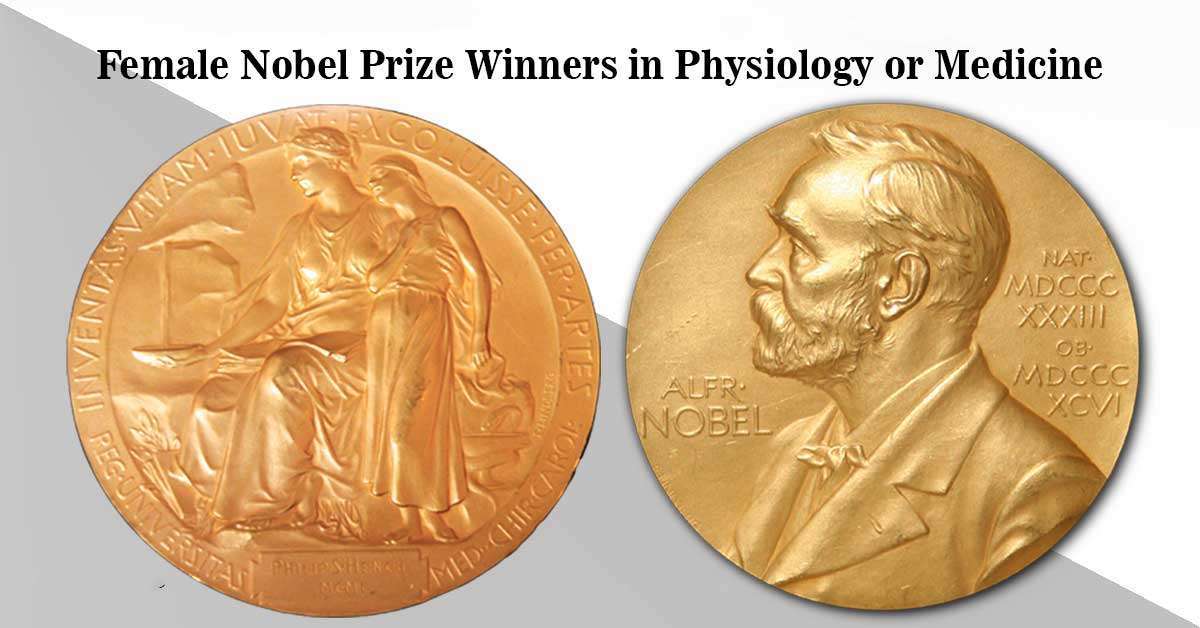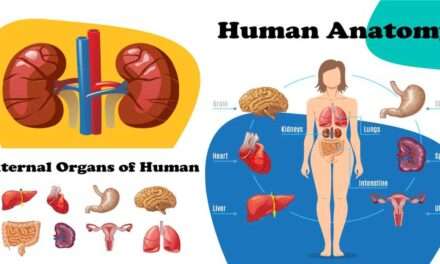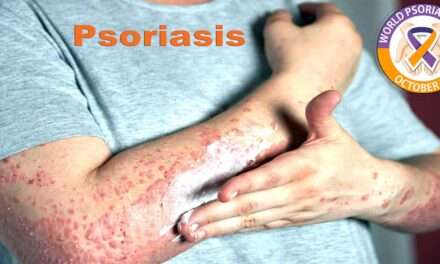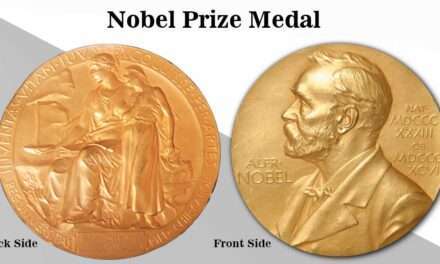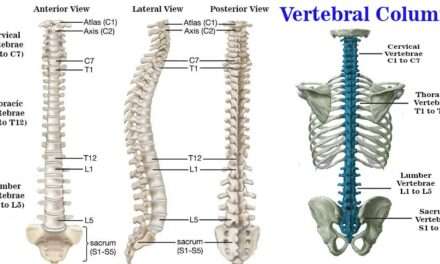Do you want to know about the great man and woman who did fabulous work in the field of Physiology or Medicine and become prominent female Nobel Prize winners in Physiology? Do you want to know which country they belong to? Then read this post carefully. Between 1901 and 2022, 61 women were given the Nobel Prize distribution i.e. Memory of Alfred Nobel. Marie Curie is the only woman to get the Nobel Prize in 1903 in Physics and another Nobel Prize in 1911 in the field of Chemistry twice. It indicates that from 1901 through 2022, 60 women received the Nobel Prize.
Tu Youyou – Female Nobel Prize Winner
Female Nobel Prize winner in Physiology Madam Tu Youyou made her global debut on December 30th, 1930, in Zhejiang Ningbo, China. Tu Youyou’s study was focused on sweet wormwood, and he eventually successfully extracted a component known as artemisinin. This chemical suppresses the growth of the malaria parasite. She is a physiologist who received the Nobel Prize “for her research on a new malaria cure.”
Millions of people’s lives and health have been saved and improved thanks to artemisinin-based medications. Tu Youyou grew up in Ningbo, China’s Zhejiang Province. She received her education degree at Peking University in Beijing. She has been the Chief Scientist of the China Academy of Traditional Chinese Medicine, where she began her career in 1965.
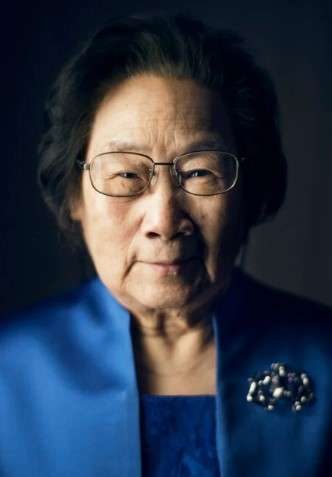
May-Britt Moser
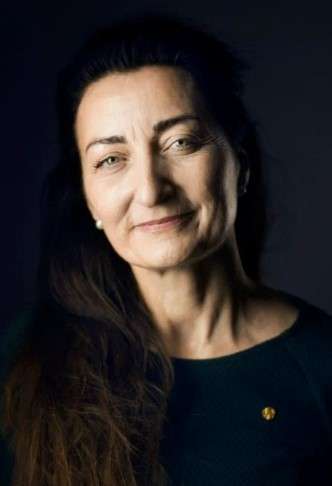
May-Britt Moser was a female Nobel Prize winner in Physiology. She was born in January 4, 1963, in the Norwegian municipality of Fosnavag. Her work earned her the Nobel Prize in Physiology or Medicine in 2014. During the award time, affiliation with the Norwegian University of Science and Technology (NTNU) in Trondheim, Norway, was maintained.
Moser discovered a type of cell critical for determining position in the hippocampus, a part of the brain in the center. The limbic system contains the hippocampus. They received the award “for their discoveries of cells that comprise a positioning system in the brain.” This discovery earned them honor.
Elizabeth H. Blackburn
Elizabeth H. Blackburn a female Nobel Prize Winner In Physiology or Medicine. She was born on November 26th, 1948, in Hobart, Tasmania, Australia. She produced the discovery in 1980 that earned her the Nobel Prize in Physiology or Medicine in 2009. She received the award “for her discovery of how telomeres and the enzyme telomerase protect chromosomes.” At the time of the award, she was a student at the University of California in San Francisco, California, in USA.

Elizabeth Blackburn was the first to uncover the unique DNA found in telomeres. In 1982, she and Jack Szostak discovered that the DNA in question hinders the process of chromosomal disassembly. In 1984, Blackburn and Carol Greider made the finding that led to the identification of the telomerase enzyme. This enzyme is in charge of generating the DNA present in telomeres
Carol W. Greider
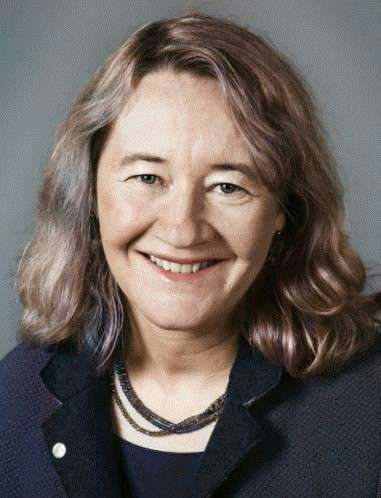
A Nobel Prize Winner in Physiology madam Carol W. Greider made her debut in the world on April 15, 1961, in San Diego, California. In 2009, she was awarded the Nobel Prize in Physiology or Medicine for “discovering the process through which chromosomes are protected by telomeres and the enzyme telomerase.” An organism’s genes are stored in the DNA molecules that combine to create chromosomes and are found in the nucleus of the cells of that creature. It is critical that when a cell splits, a complete and undamaged copy of its chromosomes is created.
A telomere is a structure that looks like a protective cap at the very end of every chromosome. Carol Greider and Elizabeth Blackburn discovered telomerase, the enzyme responsible for the formation of the DNA present in telomeres, in 1984. Following that, the researchers discovered that telomeres contain a type of DNA that stops chromosomes from degrading. Greider earned her doctorate in 1987 from the University of California, Berkeley. Elizabeth Blackburn, who would eventually share the Nobel Prize with her, was the head of the department at Berkeley when she was there. When she received the honor, she was a member of the Johns Hopkins University School of Medicine in Baltimore, Maryland.
Françoise Barré-Sinoussi
Francoise Barré-Sinoussi is also a female Nobel Prize winner in Physiology. She was born on July 30, 1947, in the French city of Paris. In 2008, she was awarded the Nobel Prize in Physiology or Medicine for discovering the human immunodeficiency virus. She works in the Virology Department and the Regulation of Retroviral Infections Unit at the Institute Pasteur in Paris, France. Retroviruses are RNA-based viruses that can insert their genes into the DNA of the cells they infect. In 1983, Francoise Barré-Sinoussi and Luc Montaigne found a retrovirus that attacked lymphocytes in individuals with enlarged lymph nodes.

Lymphocytes are a type of blood cell that plays an important part in the body’s immune system. The retrovirus, later known as the Human Immunodeficiency Virus (HIV), was identified as the major agent in the development of AIDS. As a result of this discovery, people living with AIDS today have access to many new therapeutic alternatives.
Linda B. Buck

A female Nobel Prize winner in Physiology madam Linda B. Buck made her debut in the world on January 29, 1947, in Seattle, Washington. She was awarded the prestigious Nobel Prize in Chemistry in recognition of “their discoveries of odorant receptors and the organization of the olfactory system.” Linda Buck and Richard Axel discovered in 1991 that the human genome contains hundreds of genes that offer instructions for creating the odorant sensors found in our noses’ olfactory sensory neurons; when an odorant interacts with a receptor, the receptor protein changes.
As a result, an electric signal is conveyed to the brain. Certain odorants can induce a receptor to give out a signal when triggered due to the minute variances between the various odorant sensors. Many different chemical components combine to generate odours, and our brains interpret the signals our receptors supply as distinct odours.
Christiane Nüsslein-Volhard
Christiane Nüsslein-Volhard, a German citizen, was born on October 20, 1942, in Magdeburg. She was awarded the Nobel Prize in Physiology or Medicine in 1995 while working as a researcher at the Max-Planck-Institut für Entwicklungsbiologie in Tübingen, Germany. “For their discoveries about the genetic control of early embryonic development,” she received the award. When an egg is fertilized, it goes through a cell division process that results in the formation of new cells, which then go through cell division again.
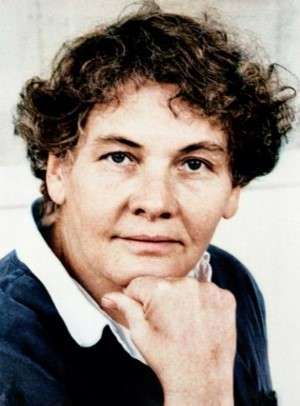
These cells may appear identical at first look, but as time passes, you will observe that they begin to diverge. Some cells, for example, are in charge of the construction of the heart, others are in charge of the formation of nerve pathways, and still, others are in charge of the formation of hair strands. How this occurs is governed by genes. As a result of their research on the development of fruit flies, Christiane Nüsslein-Volhard and Eric Wieschaus were able to identify and classify a total of 15 genes. These genes are in charge of educating the cells on how to differentiate into a new fly. This research was completed around the year 1980.
Rita Levi-Montalcini

Rita Levi-Montalcini was born in Italy, in April 22, 1909. She was of Italian origin. Her “growth factor discoveries” earned her the Nobel Prize in Physiology or Medicine in 1986. That year, she received the honor. Every aspect of human development is based on a single cell’s ability to replicate and give rise to other cells. These newly formed cells begin the process of multiplication and division all over again. The body eventually produces many cell types, each serving a specific function. Rita Levi-contribution Montalcini’s to our understanding of how this mechanism works is priceless.
In 1952, she successfully extracted a chemical from mouse tumors that promoted the development of the nervous systems of chicken embryos with the help of chicken embryos. As a result of the discovery of what is now known as growth factors, researchers have gained a better understanding of illnesses such as tumor infections, senile dementia, delayed wound healing, and abnormalities. She died on December 30, 2012, in the Italian city of Rome.
Barbara McClintock
Barbara McClintock was born in June 16, 1902, in Hartford, Connecticut, United States of America. She received the prestigious Nobel Prize in Physiology/Medicine in 1983 for “discovering mobile genetic components.” this discovery earned her the award. Hereditary features, often known as genes, are kept in the nucleus of an organism’s cells in chromosomes. These genes are responsible for a wide range of properties displayed by organisms. Barbara McClintock researched corn’s genetic properties, such as the various colors of the kernels.

Her research demonstrated that these traits are passed down from generation to generation, and she linked this phenomenon to changes in plant chromosomes. McClintock established in the 1940s and 1950s that genetic components could occasionally change positions on a chromosome, resulting in the activation or inactivation of neighboring genes. Her death happened in Huntington, New York, in the United States of America, on September 2, 1992.
Rosalyn Yalow
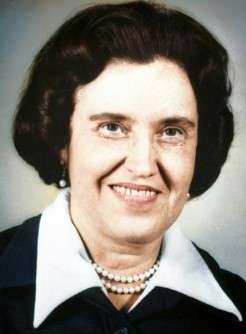
Rosalyn Yalow was born in July 19, 1921, in New York City, USA. In 1977, she was granted the great Nobel Prize in Physiology/Medicine for “the development of radioimmunoassays for peptide hormones.” This achievement earned her the award. Nuclear scientist Rosalyn Yalow was a pioneer in her profession. She collaborated with the medical practitioner Solomon Berson to create the radioimmunoassay (RIA)
RIA is a technique for measuring minute amounts of chemicals in the body, such as hormones in the blood. Yalow and Berson determined insulin levels in individuals by injecting radioactive iodine into them. Because the method was so precise, the researchers validated their theory that type-2 diabetes is produced by the body’s inability to utilize insulin properly. Previously, it was thought that the condition was produced by a lack of insulin in the human body. She died on May 30, 2011, in New York City, USA.
Gerty Theresa Cori, née Radnitz
Gerty Theresa Cori, whose maiden name was Radnitz, was born on August 15, 1896, in Prague, Austria-Hungary (now the Czech Republic). She was given the Nobel Prize in Physiology or Medicine in 1947 for discovering the mechanism behind glycogen catalytic conversion. Carl Cori and Gerty were curious about how the human body metabolizes energy. Researchers discovered the Cori cycle to be a crucial component of metabolism in 1929.
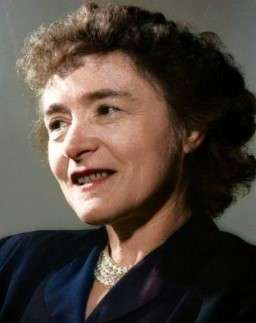
Lactic acid is created whenever we use our muscles; the liver is responsible for turning this acid into glycogen. The resultant glucose is taken by muscle cells once glycogen is broken down. In 1938 and 1939, the two persons successfully discovered the enzyme that kickstarts the breakdown of glycogen. They employed the process to create glycogen in a test tube as a result of their continued research into how glycogen is transformed into glucose. It was a direct result of their investigation. She died on October 26, 1957, in St. Louis, Missouri.

